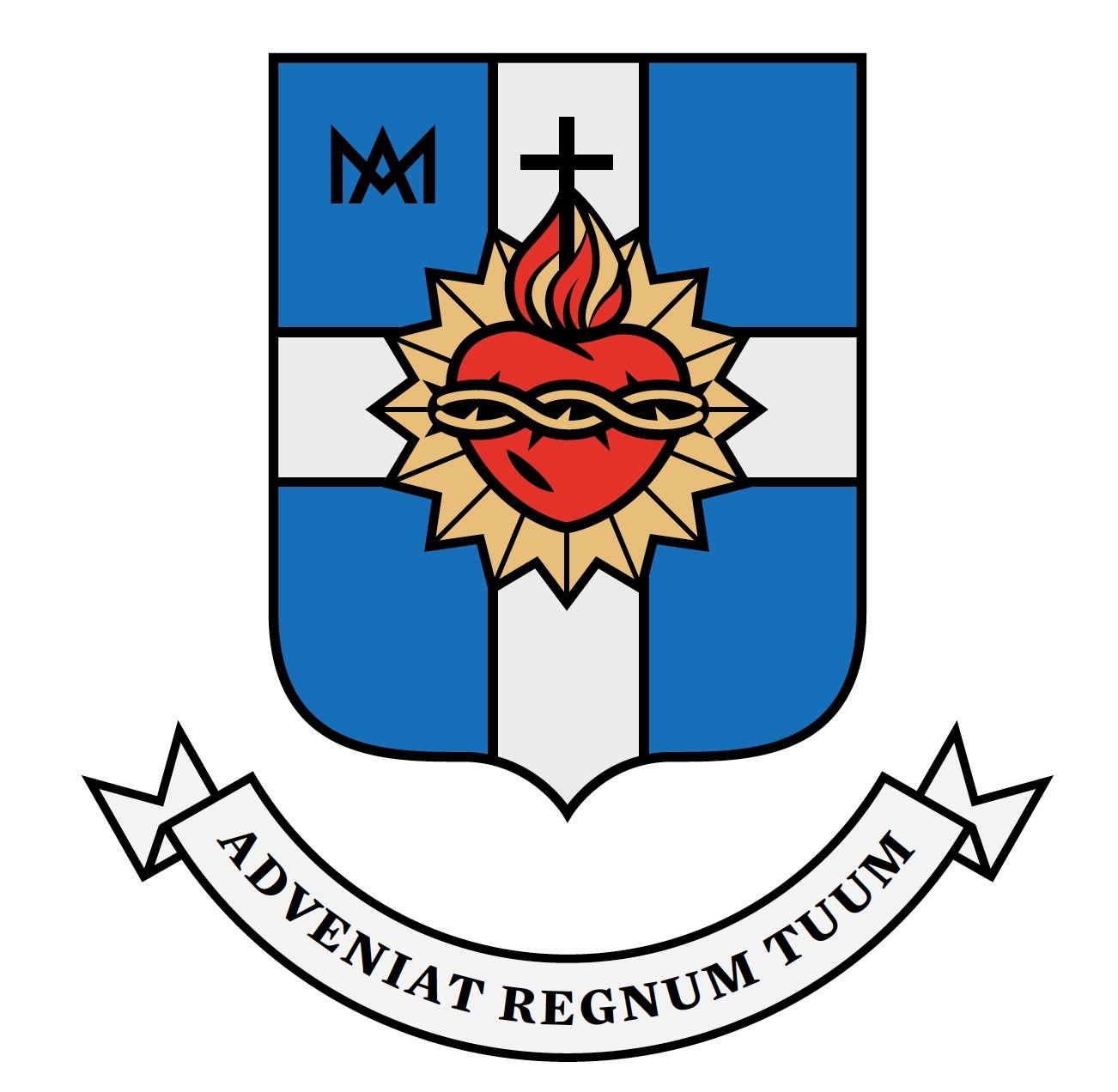On Christmas Eve we heard: “The time came for her to deliver her child. And she gave birth to her firstborn son.” Right after these words, the Angel of the Lord announced to the shepherds who this newborn child was: “To you is born this day in the city of David a Saviour, who is the Christ, the Lord.” If we welcome the truth of the Gospel and believe in it, we will have no reason to doubt about who the mother and the son are. As we do not hesitate to believe that the son is the Christ, the Lord and Saviour, God made man, consequently, there is no reason for us to deny that, if the son is God, his mother is the Mother of God. Even before it became a dogmatic statement (Council of Ephesus, 431), the divine motherhood of Mary is a natural exigence, coherent to those who affirm to believe that her son is the saving God. To proclaim that Mary is the Mother of God is to acknowledge that the Eternal Word became truly incarnate, uniting his divinity to his humanity, yet in one only person.
Mary is not the mother of a schizophrenic Christ, fragmented in a double personality, as if she were the mother of his humanity alone. On the contrary, the real Christ willed to be called the son of a woman: “When the fulness of time had come, God sent his Son, born of a woman…” The son of Mary is the same Son of God. To acknowledge her as his mother does not limit her motherhood. Rather, it reaffirms her sublime and singular mission: Mother of the true God, begotten, not made, consubstantial with the Father. Mary’s divine motherhood does not make of her a goddess, but a witness to God’s incarnation in her son, as He takes on our human condition.
The Gospel of this solemnity speaks of the Lord’s Nativity as the manifestation of God’s love in its highest level, to the point of emptying himself (kenosis), so that life may reach humanity. It also brings us to the contemplation of the most important mysteries of our salvation, kept in the treasure of Mary’s heart and mind: “Mary treasured all these words and pondered them in her heart.”
At Mary’s example, we are called to contemplate all these saving mysteries, keeping them in our heart:
1. The birth of Jesus as the fulfilment of God’s promise in human history: The shepherds were drawn to Bethlehem to encounter the newborn child. However, this baby was not alone: “They found Mary, Joseph and the child lying in the manger.” The Messiah is not a mythological figure, who randomly appeared in history or was created by human imagination in order to respond to some deep desires. Rather, Christ is a child born of a real woman, in a real family, and his parents are known. In the scene of her son’s birth, Mary sees the completion of the promise given by the angel Gabriel at the time of the annunciation: “You will conceive in your womb and bear a son.” Therefore, the prophecy of Mary’s Magnificat is also fulfilled at that moment: “The Almighty has done great things for me.”
2. Mary’s heart and mind were the first book where the Gospel was written:“Mary treasured all these words and pondered them in her heart.” In his prologue, Luke affirms: “Since many have undertaken to set down an orderly account of the events that have been fulfilled among us, just as they were handed on to us by those who from the beginning were eyewitnesses and servants of the word…” (Lk 1:1-2). Therefore, the book of the Gospel is the record of all of that eyewitnesses have kept, preserved and meditated upon in their heart and mind. If Luke insisted twice that Mary treasured all these words in her heart (Lk 2:19.51), we could not but acknowledge her important role as eyewitness and guardian of these saving events. Mary is her Son’s living Gospel. In her, the Word was incarnated and took on the highest form of communication. She was the first book in which the Word was “written”, not with ink of through human work, but through the work of the Holy Spirit. He is the source of inspiration of the entire Scriptures, particularly the Gospels.
3. God’s glory and praise are signs that Christmas is being truly lived:“The shepherds returned, glorifying and praising God for all they had heard and seen…” The encounter with the Saviour, the Son of God and Mary, becomes a real and sufficient reason for an acceptable worship to God. It is more that simple words pronounced at a religious ritual, it is the true thanksgiving, the Eucharist. Closed in ourselves, we cannot find the motives to praise and thank the Lord, but it is in the salvation given by him that we find reason for our worship. We glorify the Lord for what He has done for us, as Mary has said: “My soul proclaims the greatness of the Lord… For the Almighty has done great things for me.” It is not our works that justifies our worship to God, but his works in us, through us and for us. To contemplate the newborn child, Son of God and Mary, is to acknowledge the great work of salvation accomplished by the Creator in our favour. To celebrate Christmas is to become a witness of this mystery; it is to return praising and glorifying God for what we have seen and heard. In order to render him a proper worship we must see the concrete signs of his action in the world through those who are committed to building fraternity, justice and peace. It is only through welcoming his Gospel (listening, keeping and meditating) that we may become, like Mary, true messengers of the Good News of salvation. The first announcement which took place on Christmas Eve continues to resonate permanently, every single day.
Mary is truly the Mother of God because her Son is truly God incarnate. These are the mysteries we must keep in our hearts and minds, and announce them to the world. If Christmas is the birth of God’s Son, how could we not be thankful to his Mother, first Book of his Gospel, first messenger of salvation.




